Historical outline
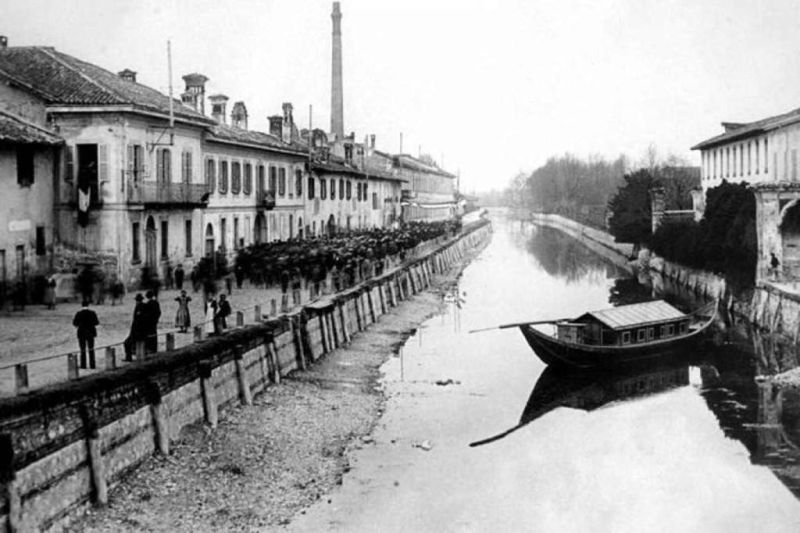
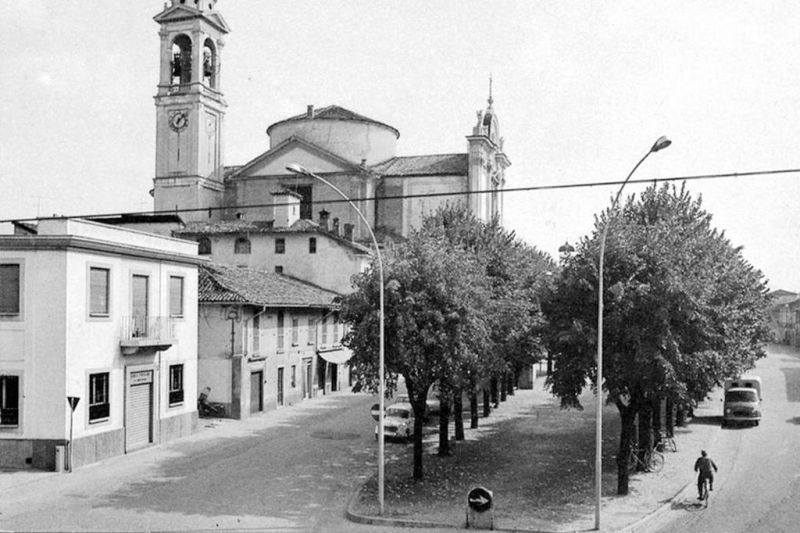
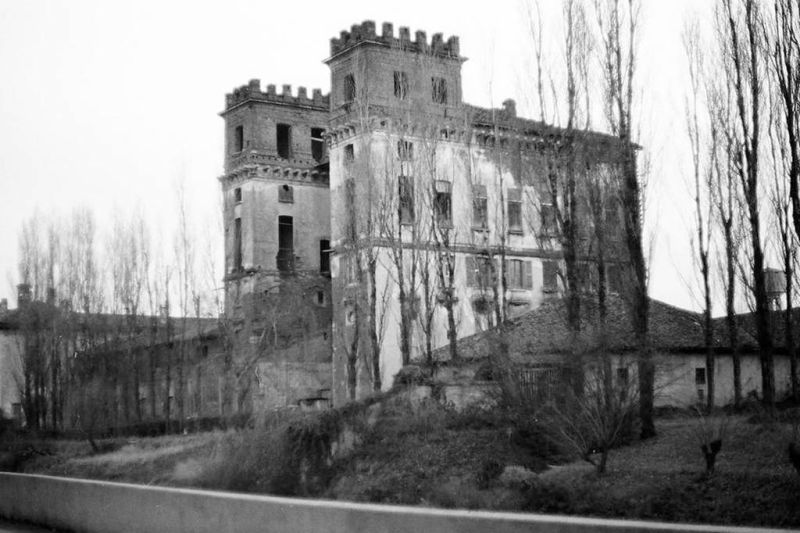
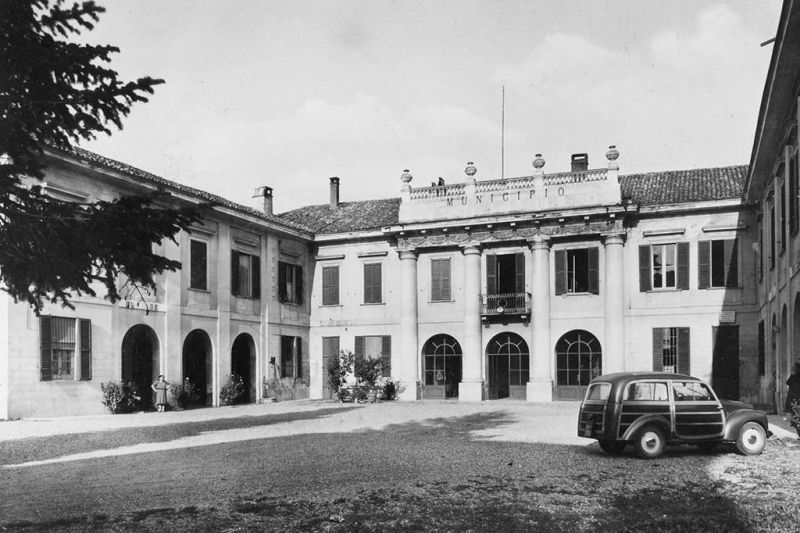
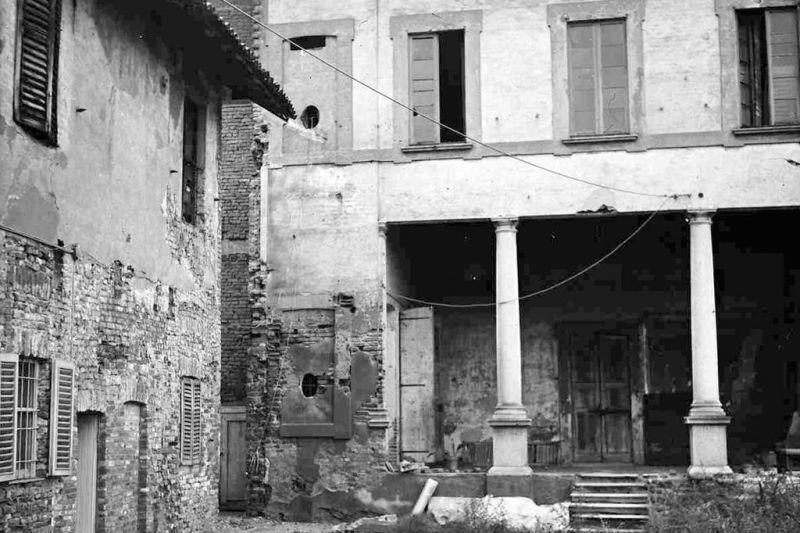
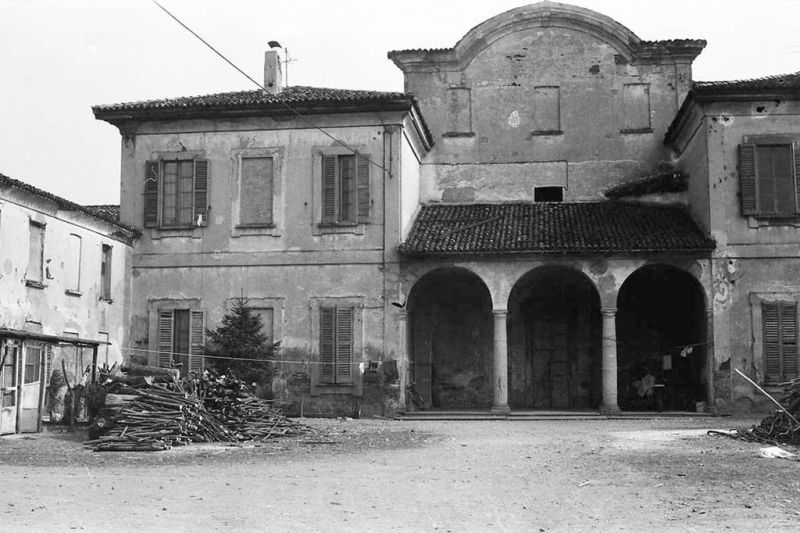
The place name seems to derive from a Celtic word “rebec” that meant opposed fortalice. Actually the
Robecco castle was a defensive fortalice , opposite the Castrum externum (Casterno) that was a
fortified place on a hillock dominating the Ticino valley. The popular legend tells us also about a queen
called Rebecca that received the territory of Robecco as a dowry on the occasion of her marriage.
The
queen liked the territory of the Ticino valley crossed by fountains and springs, surrounded by lush
vegetation and situated among woods with rich game. She fell in love with this place and she wanted
to build her castle or better her house-fortress. I
t was then that Robecco was called Robecco Ticino to
distinguish it from other villages that had the same name. In the half of the nineteenth century the
name Robecco was joined with the word Naviglio.
From the origins to the century XVI
The first settlement in the territory of Robecco sul Naviglio is actually the locality of Casterno, born
maybe as Roman camp. It is, as a matter of fact, , in the Ticino valley, in a strategical military position
since it enables the control of the river and of the possible fords.
The town of Robecco, instead, has
later origins and is linked to the building of the Naviglio Grande, which was built at the behest of the
Municipality of Milan after the victory on Frederick Barbarossa in the battle of Legnano (1176).
Thanks to the Naviglio, that offers ease and safety of connection with respect to the overland routes ,
Robecco became a stay of noble Milanese families, who owned estates and villas here.
Visconti (1287-1447)
During the Visconti period the most important families in the territory around Robecco were the Casati
- who enjoyed some tributary privileges- and the Pietrasanta, invested with the title of the feudal lords.
Sforza (1450-1535)
With the advent of the Sforza in Milan the hydraulic works were strengthened and agriculture also
improved thanks to the new tools invented and realized by Leonardo da Vinci. Ditches for irrigation
were divided into numerous canals and gave life to the characteristic "water meadows". At the same
time on the largest canals the first mills and spinning mills were born.
THE FIRST MODERN AGE (XVI century)
The “race for the land”
During the sixteenth century we can note, in the Milanese area and not only, the phenomenon of the
"race for the land": the best Milanese families were interested in the latifundium properties as principal
investment. So in Robecco, the local nobles (the Pietrasanta, the Barzi, the Casati ) were helped by
nobles and wealthy middle class people of the city, who seemed to be perfectly integrated into rural life
and who built up the majestic villas on the banks of the Naviglio.
The work of Saint Carlo Borromeo in Robecco
In a period when Milan was dominated by the foreigners who were not so interested in local events,
the figure of Cardinal Carlo Borromeo was a great comfort to the rural reality of our Robecco.
The holy
man, in fact, not only was interested in the repair of the local Churches and in the care of souls; the
parish priest asked his help for the resolution, for example, of frequent disputes between the families
Pietrasanta and Casati.
Barzi House
As we have already explained, the Barzi were one of the most important families in Robecco and in
particular were the feudal lords of the place for at least two centuries: from 1400 to 1600, when the
house collapsed and lost its property.
The Barzi castle passed from hand to hand until, in 1700, it
became property of the Longone college that held it such as a holiday resort for its students (among
which is counted Alessandro Manzoni).
FOREIGN DOMINATION (XVII – XVIII CENTURY)
The cadastre of the eighteenth-century
This is the century of the Austrian domination in the dukedom of Milan,, whose most important
achievement was the cadastre “teresiano”, that is named after the Habsburg Empress Maria Teresa.
The
1700 marks the institution of the “barchett de bufalora”, the oldest and most important boat sail that
characterized the old Milan Navigli for over two centuries.
The “Barchetto” was a large boat that was
the postal service from Boffalora to Milan and vice versa, also transporting hundreds of passengers. In
1868 a railway line compromised the function of the old and glorious “barchetto” which ended up
dying completely in 1913 with the inauguration of the tramway.
The Napoleonic domination
In 1796 the Napoleonic troops put an end to the Austrian occupation in the Dukedom of Milan, giving
great promises of freedom. In Robecco the families that had been feudal lords now occupy the highest
public offices of the Municipality.
THE GREAT CHANGES OF THE XIX CENTURY
Economy and society in the nineteenth century
At least until the first half of the twentieth century Robecco economy was almost exclusively
agricultural; few commercial activities of the country were those fundamental for the community, like
those of the cobbler or of the carpenter, or those that were closely linked to the work in the fields.
But
the most important work in the century was the building of the pedestrian bridge on the Naviglio in
1842.
The consequence of the independence war
In the course of the Battle of Magenta in Carpenzago on June 5th, with Magenta already conquered,
there was a fight between the French troops and the Austrians. During the independence war, Robecco,
like all Magenta territory, was an area of strong combats that left the area in conditions of extreme
poverty.
It is easy to understand that the importation of cereals from overseas with the consequent
lowering of the prices, was the cause of emigration because lots of people were no more able to earn a
living.
The farmers’ revolt
The emigration is not the only consequence of this situation: the discontent among the farmers grew
and new ideas developed on the political horizon.
In May 1889 in Robecco there was a farmers’ revolt
which damaged the Municipality and the residences of some representatives of the Community.
Between 1907 and 1908 thanks to the mediation undertaken by the party new agreements were drawn
between farmers and landowners.
THE TWO WORLD WARS
The first World War
The previous years of the first world war were rather turbulent in Italy because of the fighting between
the factions in favour and against the entry in war. At the end of the great war a lot of the people that
had incited the clash had to repent: the only consequence for our country seemed to be the massacre of
thousands of young people.
Only in Robecco and Casterno the victims of the conflict were a hundred.
In the square of the village as many trees as those who were our fallen fellow citizens were planted as
a living monument in honour to their sacrifice.
The second World War
During the second conflict Robecco was painfully hit by three massacres.
July 20, 1944
On July 20, 1944, during a search at a farm complex that marks the border between the Municipality of Robecco and the Municipality of Corbetta, the Nazi-fascists clashed with a group of partisans. A shooting occurred in which a German officer lost his life and the partisan Luigi Valenti was wounded, rescued and hidden by Don Magni and Dr. De Bonis.
However, the hiding place was discovered. Theodor Saevecke, head of the Gestapo in Milan, then went to the place with the SS in tow and, after several arrests in the surrounding farmhouses, ordered the killing of Luigi, his brother Angelo and his father Enrico. Then the three bodies were thrown into a barn and set on fire.
July 21, 1944
The next day, 21 July 1944, while devastation and fires were still taking place in Robecco, some men were gathered in the town square and divided into two groups: young people on one side, the elderly on the other.
Among the latter, five were isolated and shot. Fifty-eight of the young people were arrested and many of them deported to the Lager of Kahla (Weimar), subcamp of Buchenwald. Nine did not return. The operation was carried out on the spot by Theodor Saeveckee from Walter Rauff.
Following them, the SS and the fascists of the Legion Ettore Muti.
April 26, 1945
On the morning of April 26, 1945, in Robecco, negotiations began for the surrender of the Nazi-Fascists. The German command captain had already handed over his weapons, while the partisans occupied the school, headquarters of the command. Meanwhile, the population crowded around the school.
It was then that, in the distance, a truck loaded with Germans and Fascist soldiers appeared who, approaching, began firing on the crowd.
They were killed: Virginio Beretta; the brothers Ermando and Pina Cislaghi; Martino Maltagliati; Aldo Lissandrin. Were wounded: the brothers Idae Pierino Morani; the twelve year old Pino Galbiati; the Garibaldian partisan Renzo Rondena, from Magenta, who was mutilated.
Made with Mobirise web maker